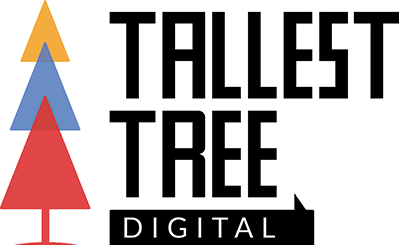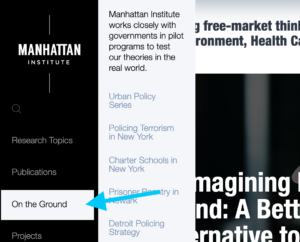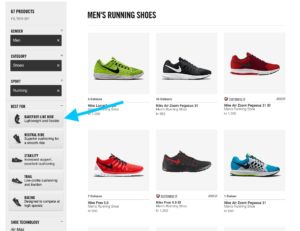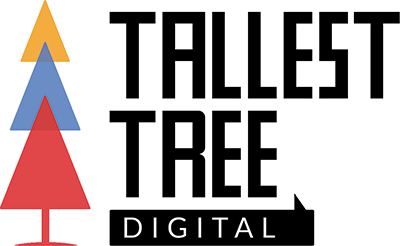About a year ago, Forbes declared Apple to be the most brand ever, reporting its value at over $200 billion.
But up until 2007, Apple’s official name was still “Apple Computer.” Apple kept telling the world it was a computer company, even though it had produced iconic products like the Apple II, the Mac, and the iMac.
Apple’s “Think Different” campaign decorated every computer lab and library I ever entered as a kid. We all knew Apple and they were synonymous with computers.
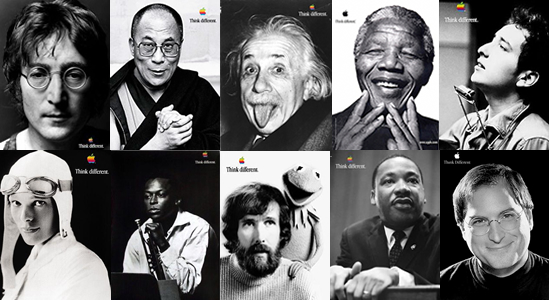
Still, for 31 years Apple continued to include “computer” in the brand name, reinforcing what they did and what they sold.
When they changed their name it might have been because they were entering new markets (though everything they do still involves computers) or because they settled legal matters with The Beatles.
But they had the option to become a monomial brand (like Prince) because their brand was already so strong. They even have their own unicode character: .
Regardless of the reason, the most valuable brand in the world reminded consumers they were computer company for three decades. Yet think tanks, the clients we work with, assume that the branded name of their newsletter, blog, or programs requires no further explanation.
Cato
For example, Cato doesn’t explain what “Cato Unbound” or “Downsizing the Federal Government” are when it displays them as search filters on is search pages: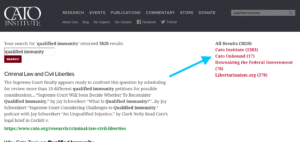
Manhattan
Manhattan Institute uses “On the Ground,” which communicates little to the user, when it could use “Pilot Programs,” two words it hides under the hover effect on desktop:
Heritage
Why would a user of Heritage’s search function filter results for “Heritage Impact” or “Heritage Explains” when they aren’t familiar with those formats?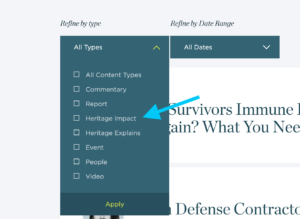
Learn from E-Commerce
E-Commerce sites use subtitles and tooltips to explain difference between products or product specs.
Nike provides helpful subtitle explanations for people who aren’t sneaker heads:
Build.com provides tooltip explanations on hover for what capacity appliance might make sense for a user: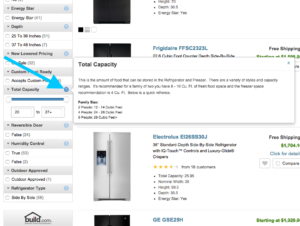 Both sites are anticipating user questions and answering them then and there.
Both sites are anticipating user questions and answering them then and there.
Provide Context & Explanation
Just as Apple reminded consumers for over three decades that they were a computer company, telling users that “Cato Unbound” is “Monthly Debate Essay Series” with a quick subtitle would give users a mental handle to grab onto. Without this context, users won’t user filters or explore categories that have no meaning to them.
Wherever you are using sub-branded products, non-descriptive project names, or industry jargon, you should unpack that by including a few simple words of explanation. Subtitles, tooltips, or even a sentence-long description can take something from mystifying to comprehensible.
The audiences think tanks are trying to reach—journalists, policy makers, and academics—will be better able to understand the content and format of a given publication if this little bit of extra information is provided.
